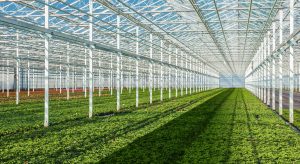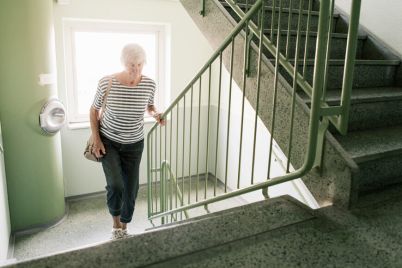
Greenhouses powered by nanotechnology developed in Western Australia could turn the driest of deserts into productive agricultural land, thanks to a $1.6 million grant from the Australian Government’s Cooperative Research Centre. The grant will be used to build a 300sqm greenhouse using transparent glass that can generate 50 watts of power per square metre of surface area. The solar-glass also allows 70 per cent of visible light to pass through, while blocking 90 per cent of solar UV and IR radiation. Developed by ECU’s Electron Science Research Institute (ESRI), in collaboration with ClearVue Technologies, this solar-glass will provide enough power to run heating or cooling for the greenhouse, as well as desalination to provide water.
Making deserts bloom
ESRI Director Professor Kamal Alameh said the solar-glass could be tailored to produce the perfect growing conditions for particular plants.
“Being able to selectively control light radiation, thus maximising the crop yield, while producing and storing electricity for water desalination, irrigation, heating and air conditioning, will enable greenhouses to operate in a closed environment,” he said.
“This is particularly significant for parts of the world that are too hot and dry for traditional greenhouse agriculture.”
Commercial reality
ClearVue Technologies Chairman Victor Rosenberg said the key to the greenhouse project was the development of advanced glazing technology.
“The applications for our advanced solar-glass technology could go far beyond greenhouses. It could be used in the construction industry, for public amenities like bus stops, as well as for specialty products,” he said.



